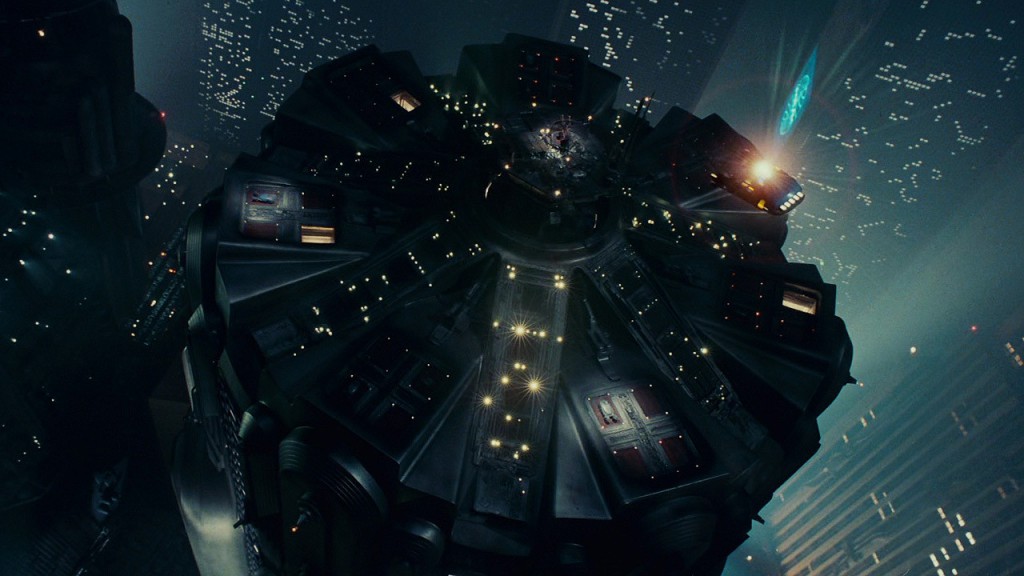
Why name your blog “The Tannhäuser Gate”?

“The Tannhäuser Gate” is a throwaway reference from near the end of Ridley Scott’s 1982 film Blade Runner. “Tannhäuser” is a reference to Wagner’s opera dramatizing the life of the Medieval German singer of that name.
Blade Runner and Wagner—what’s not to like?
I think that Blade Runner is the greatest science-fiction movie of all time. I think that, because it creates a completely believable future world that is arrestingly foreign, but hauntingly familiar. At the same time, the story almost subliminally makes us uncomfortable about our collective past. Obviously, book author Philip K. Dick tapped into deep historical and cultural currents involving not only what it means to be human, but also, “how then should we live”—in the sense of act or behave. Ironically, in the end, it is a non-human who behaves heroically.
Replicants are slaves, and they are self-aware. They were created to do “the jobs Americans don’t want to do” (scare quotes my own). When replicants get out of line, we hunt them down. They might not feel pain the way we do, but they understand what their own death means. The whole film inexorably moves toward the climax wherein replicant Roy Batty, knowing that he is dying, nonetheless saves the life of the human who has been trying to murder him.
Reportedly, actor Rutger Hauer ad-libbed his final scene:
I’ve seen things you people wouldn’t believe. Attack ships on fire off the shoulder of Orion. I watched C-beams
glitter in the dark near the Tannhäuser Gate. All those moments will be lost in time, like tears in rain… . Time to die.
If that was improvised, the scene is doubly impressive.
Not to take anything at all away from Rutger Hauer’s career-defining performance, I think that it was everything that director Ridley Scott had put in place that made that improvisation possible. Or perhaps even inevitable. Hauer was keying into the action and blocking that were already laid down; and, especially, the props and the special-effects makeup.
I think that the subliminal connection Ridley Scott was seeking to make for his audience was given away by two small touches:
1) For the entire last scene, Roy Batty tenderly holds a white pigeon (or a dove). When Batty dies, the bird flies skyward.
I think that the bird not only symbolized that replicants have immortal souls. I believe that the bird represented the active presence of the Holy Spirit, and that that was what inspired Batty to save a man who had earned death.
I think it is entirely possible that Ridley Scott was aware of the same device’s having been used in the climactic scene of Stanley Kubric’s Barry Lyndon. Right before Barry Lyndon discharges his dueling pistol into the ground, rather than kill his wife’s son from her previous marriage, a pigeon is seen to fly down from its roost on the inside sill of an eyeball window in the outbuilding’s pediment.
2) Back to Blade Runner. As Batty single-handedly lifts Deckard to safety, there is a fleeting glimpse of a rusty nail that has gone through Batty’s hand. I think quite obviously (though not exactly analogously) Scott was making Batty into a Christ figure. (Note the church-bell-like chimes entering into Vangelis’ soundtrack score, at that point.)
The action and blocking and camera angles were all set up, and I am sure had been run through before. The white bird was ready, and Batty’s hand had been doctored to look transfixed. So all the heavy lifting had been done to wrap up this movie, and set up the sequel.
Deckard goes on living, if not on borrowed time, on unmerited time (bought via “unmerited grace”?). So, the next movie will tell us what he has done with it.
Mr. Hauer’s brilliant free association only raised the scene that was already laid out, up to a higher level.
So, to answer the question “Why name your blog The Tannhäuser Gate,” the name is catchy and memorable, it has emotional and spiritual resonance for me, it makes reference both to pop culture and to opera, and… the domain name was available.
# # #



Pingback: In Which The Author Asks You To Go Visit Another Blog – Riverside Green
Superb analysis, John. Immanence.
You wrote, “Deckard goes on living, if not on borrowed time, on unmerited time (bought via “unmerited grace”?). So, the next movie will tell us what he has done with it.”
Oswald Chambers once wrote, “We are condemned to salvation through the Cross of Christ.”
Yeah, but what do you do for an encore? (And how do you cope with the guilt?)